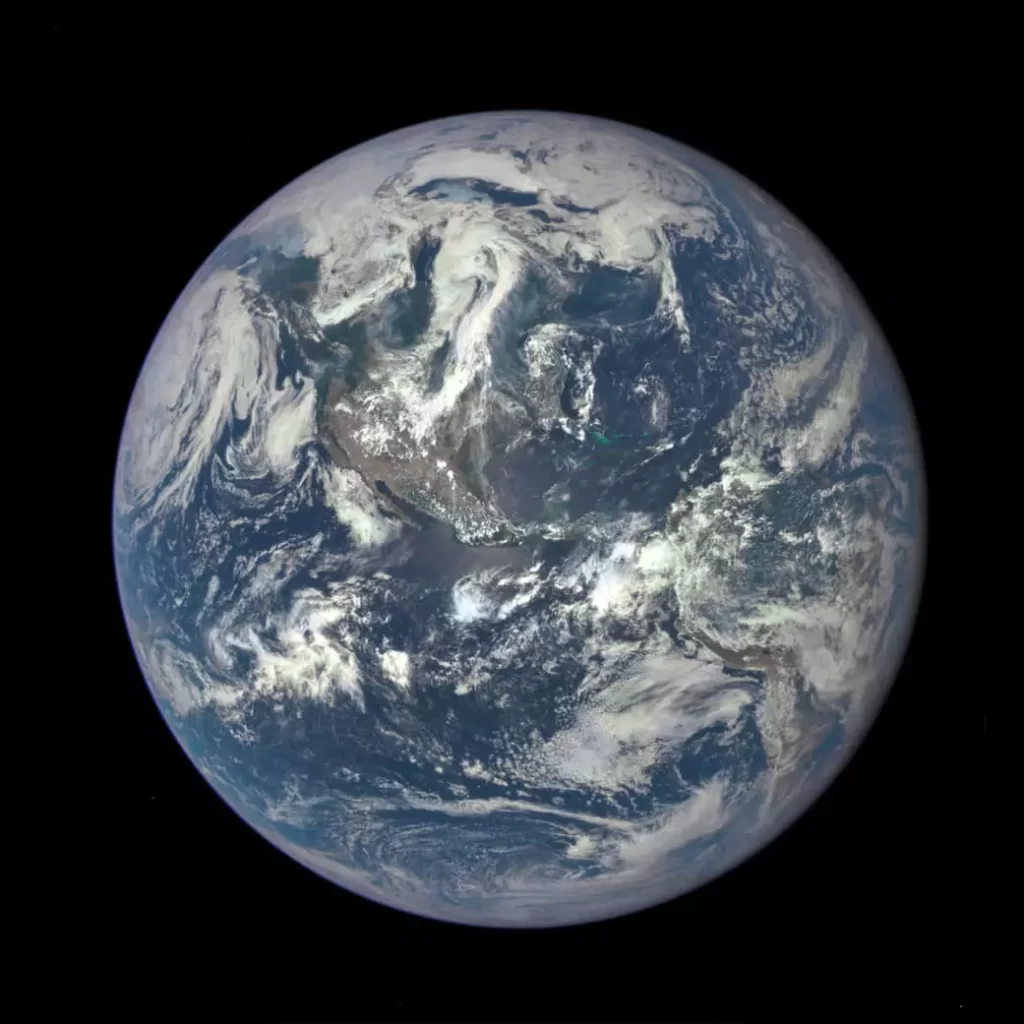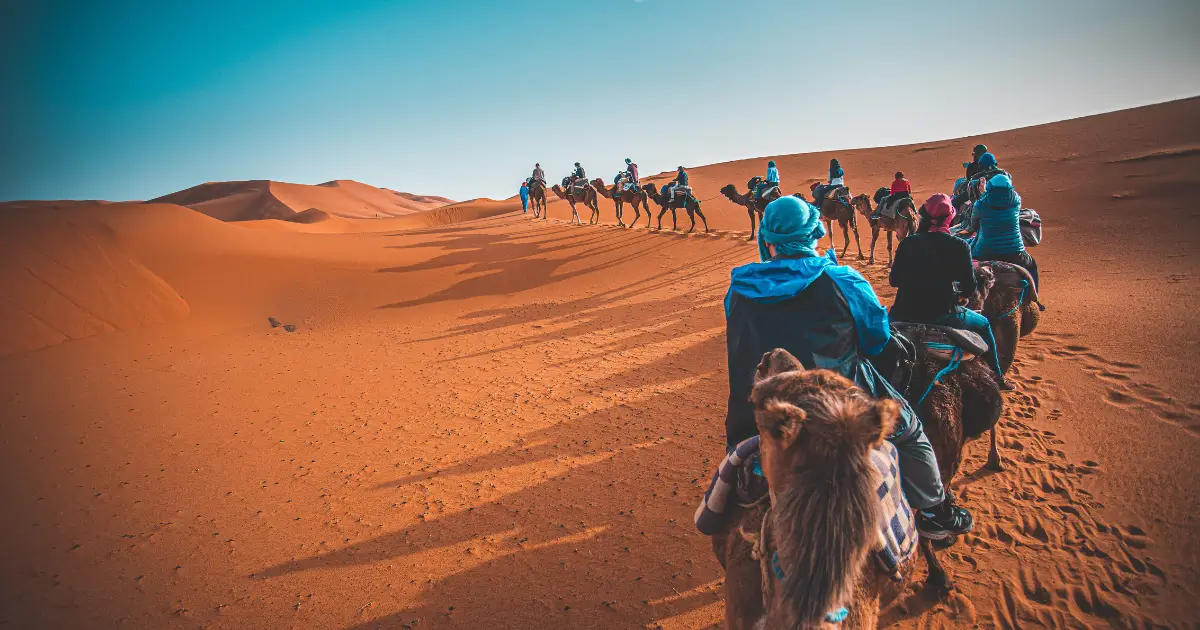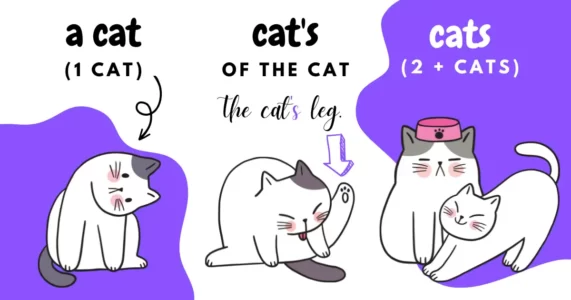Capital letters are sometimes referred to as ‘ upper case’. This is because manual typesetters kept these letters in the upper drawers of a desk – the upper-type case. More frequently used letters were stored on a lower shelf, thus ‘lower case’ letters.
Caroline Taggart and J.A. Wine, My Grammar and I, Old-school ways to sharpen your English
First, let’s get the obvious things out of the way. Everybody knows that we use capital letters for:
- The first word of a sentence or a line of poetry
- The pronoun “I” regardless of its position in the sentence**
- Names**
*In other languages, it’s possible to see the pronoun “you” (singular) capitalized because it’s the polite form. As for the English I, rumor has it that it is capitalized mainly because a lowercase i is difficult to read.
**Many things around us have names. That is why this list is so long.
Rules on capitalization vary from language to language. Depending on your learners’ native language, some of these rules may not be as easy as they seem. Also, many languages don’t even have capital letters. (For example, Indic languages, Korean, Arabic, etc.)
Ok, let’s begin.
If you cannot find what you are looking for in the Table of Contents below, check out the “When to (and When Not to) Use Capital Letters in English? Part 2” & “When to (and When Not to) Use Capital Letters in English? Part 3” posts. (Open in a new tab.)
We always use capital letters for proper nouns. A proper noun is a noun that refers to a single specific entity. A common noun stands for a group of similar entities. Therefore, we use a capital letter for France because it is a proper noun, but not for the noun country. After all, it is a common noun.
People and animals
The names of people and animals are proper nouns, so they need a capital letter.
- I gave my book to David.
- My cat Oreo is playing with his toy.
By the way, this goes for all the (nick)names a person or an animal may have, even if they are hyphenated.
For example – Catherine Zeta-Jones.

A note on animals
Generally, we do not use capital letters for animals.
- The zebra‘s skin is black; only its fur is striped.
- Did you know that the largest animal in the world is the blue whale?

However, there are some exceptions.

Sometimes а common noun may be part of the name. In such cases, we capitalize all words.
For example, Felix the Cat.
If part of the name is a proper adjective, we capitalize that part. Proper adjectives are very common in different cat and dog breeds.
- Herding dogs, like this Australian shepherd, can keep a herd safely united and help move them across the ranch.
- What is the difference between African and Indian elephants?
In the examples above, the words German, African, and Indian are proper adjectives. They are called that because they are derived from proper nouns. In this case, the names of two countries and a continent.
A proper adjective may also be derived from people’s names: Victoria – Victorian. The point is that proper adjectives are always capitalized. 🙂

In the example below, we capitalize Great and Dane because the whole phrase is a proper noun. Great Dane, as a phrase, refers to a specific dog breed.
- Scooby-Doo is a Great Dane who helps solve a lot of mysteries.
Consider this:
- He is such a gentle giant: a typical Great Dane.*
- He is such a gentle giant: a typical great Dane.**
*Refers to the specific dog breed.
**Is either a mistake or, if not, refers to a great person of Danish descent. 🙂
Plants and foods
Generally, plants and foods do not need capital letters. However, if the name is a brand name or trademark or includes a proper noun or a proper adjective, then that part needs a capital letter.
Plants:
- tree
- oak
- pine tree
But:
- Christmas tree
- Weymouth pine
Foods:
- salad
- cheese
- peanut butter
But:
- Ceaser salad
- Swiss cheese
- Tabasco sauce
Planets
We use capital letters for planets. Planets have been named, so their names are capitalized.
- Saturn is the second-largest planet, and the biggest one is Jupiter.
- Mercury is the closest planet to the Sun.
The Sun and the Moon*

Even
After
All this time
The Sun never says
To the Earth,
“You owe me.”
Look
What happens
With a love like that.
It lights the
Whole
Sky.
NASA’s Image of the Day for July 21, 2015. An EPIC view of Earth
*Some claim that the poem above is by Ḥāfeẓ, a Persian author, but this article says otherwise.
Speaking of the Sun in the example above, note the words sun, earth, and moon! They are quite special.
Capitalize “Moon” when referring to Earth’s Moon; otherwise, lowercase “moon”. Capitalize “Sun” when referring to our Sun but not to other suns… When “earth” is lowercased, it refers to soil or the ground, not the planet as a whole.
Style Guide for NASA History Authors and Editors
Here are some examples to illustrate the difference:
- It takes six to eight months to travel from Earth to Mars.
- The archaeologists excavated the earth at the site.
- Several planets have moons. Are all moons as big as the Moon?
- The little girl has been playing in the sun all day.
- The temperature at the surface of the Sun is over 5000°C.
Obviously, due to the extremely high temperatures, it would be impossible for the little girl to be playing in the Sun all day, wouldn’t it?
Solar system and universe
If you do a Google search on whether or not you should capitalize solar system, you will probably wonder what to do.
According to some sources, when referring to our solar system, you should use capital letters, just like you would do with Earth when referring to our planet. The reasoning is the same – there are many solar systems (common noun), but when referring to our one and only Solar System (proper noun), we need capital letters. (The Solar System Wikipedia page does that.)
Let’s see what NASA’s guide has to say about it:
Do not capitalize “solar system” and “universe.”
Style Guide for NASA History Authors and Editors
Stephen Hawking, a man who knew much about the universe, does the same in his book Brief Answers to the Big Questions.
“The universe would have existed forever, and would have looked the same at all times.” & “Our own solar system was formed about four and a half billion years ago…” — Stephen Hawking, Brief Answers to the Big Questions
For both the universe and the solar system, Stephen Hawking uses lowercase, not uppercase, even though he, too, refers to our solar system.
I guess there is no debate as to whether or not we capitalize the event which, according to science, and the book cited here, was the beginning of everything. 🙂
Asking what came before the Big Bang is meaningless – like asking what is south of the South Pole…
Stephen Hawking, Brief Answers to the Big Questions
Compass points*

Now is a good time to mention the four compass points north, east, south, and west.
In the above quote by Stephen Hawking about the Big Bang, you will notice he uses the word south two times, one of which is capitalized.
As a general rule, we do not capitalize the compass directions.
- The car turned west and disappeared into the sunset.
- Hurricane Katrina started in the Bahamas and moved north, hitting near New Orleans, Louisana.
We capitalize the compass points 1. when they are part of a name, like the examples below and the one with the South Pole above.
- The official nickname of West Virginia is the Mountain State. As part of the Appalachian Mountain system, it’s full of hills and mountains.
- Did you know the South Pole is much colder than the North Pole?
Or 2. when they refer to a specific region or stand for something other than the compass points:
- We write the West when we talk about the Western part of the world and non-communist European countries.
- We also use capital letters for the Wild West or the Old West to refer to the American Frontier.
- We do write the North and the South when talking about the American Civil War because these are one of the names the warring parties had.
- We write the Middle East, Eastern Europe, and the Far East to refer to specific regions.
Such regions may be called differently in different languages. The reasons for this may be geographical, political, or a combination of both.
For example, if we take the Middle East and translate it with the appropriate term in Bulgarian (близкия(т) изток) or German (Der Nahe Osten), the word middle is substituted with the word near. If we translate that back into English, it would mean the Near East, but it wouldn’t necessarily be the correct term in English.
Geographical features and landforms
We use capital letters for continents, oceans, rivers, lakes, islands, and other geographical formations (mountains, deserts, volcanoes, etc.).
- Europe and Asia are sometimes considered a single continent, Eurasia.
- The Yellow River is also called “China’s Sorrow.”
- How big is the Pacific Ocean?

The Sahara Desert is the world’s largest hot desert and covers most of northern Africa.
The Mississippi River towns are comely, clean, well built, and pleasing to the eye, and cheering to the spirit.
Mark Twain, Life on the Mississippi River
Wow 🤯, what a list. Well, there’s even more! To check it out, go to When to (and When Not to) Use Capital Letters in English? Part 2
Do you capitalize these words in your native language?



